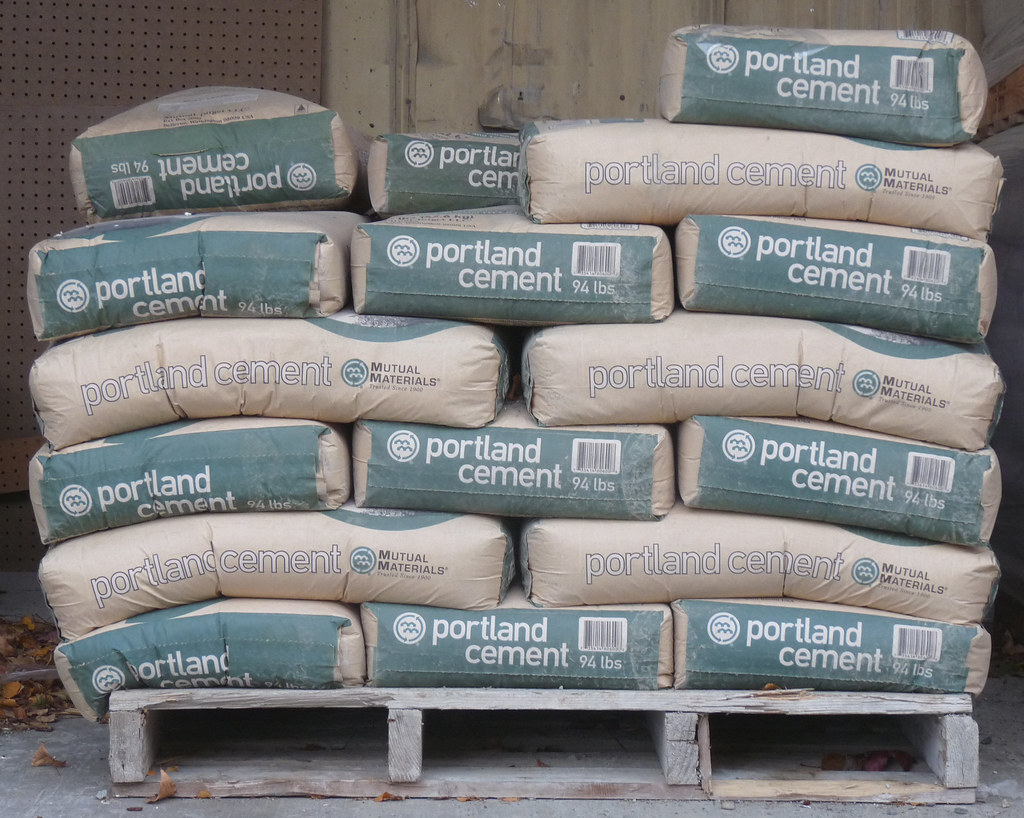Although the closing of 2019 has experienced, after the decline of 2018, a growth, statistics indicate that in the second decade of the 21st century (2010-2019 period) cement consumption in Catalonia has been 21 million tons, a fall 69% compared to the 68 million tons consumed in the 200-2009 decade. This situation has been aggravated, in addition, by the difficulties to sell in foreign markets, due to the costs of electricity and CO2 emission rights in our country. Exports have fallen 27% throughout 2019.
The president of the cement association, Salvador Fernández Capo, said that “with these data, we can hardly achieve sufficient competitiveness to overcome the great challenges that arise in the future related to climate change mitigation and adaptation to the digital society”.
And it is that Cembureau, the Association of the European Cement Industry, has just announced its intention to contribute decisively to the EU Green Deal tending to the carbon neutrality of cement and the concrete value chain by 2050. The industry plans to publish soon a Roadmap that exposes the key role of cement and concrete in the Circular Economy and an action plan, based on research and innovation, to achieve carbon neutrality along its value chain in Europe for the year 2050. The advantages in the sustainability of concrete as a locally manufactured product, including its durability, thermal mass, recyclability and recarbonation, make it the ideal construction material to meet the challenges posed by the change climate.
The Catalan cement sector, on the other hand, considers that the cement industry is essential for any advanced national economy, since it supplies several basic value chains. Your contribution is key in the manufacture of key building materials for renewable energy facilities, sustainable buildings or transportation is essential.

